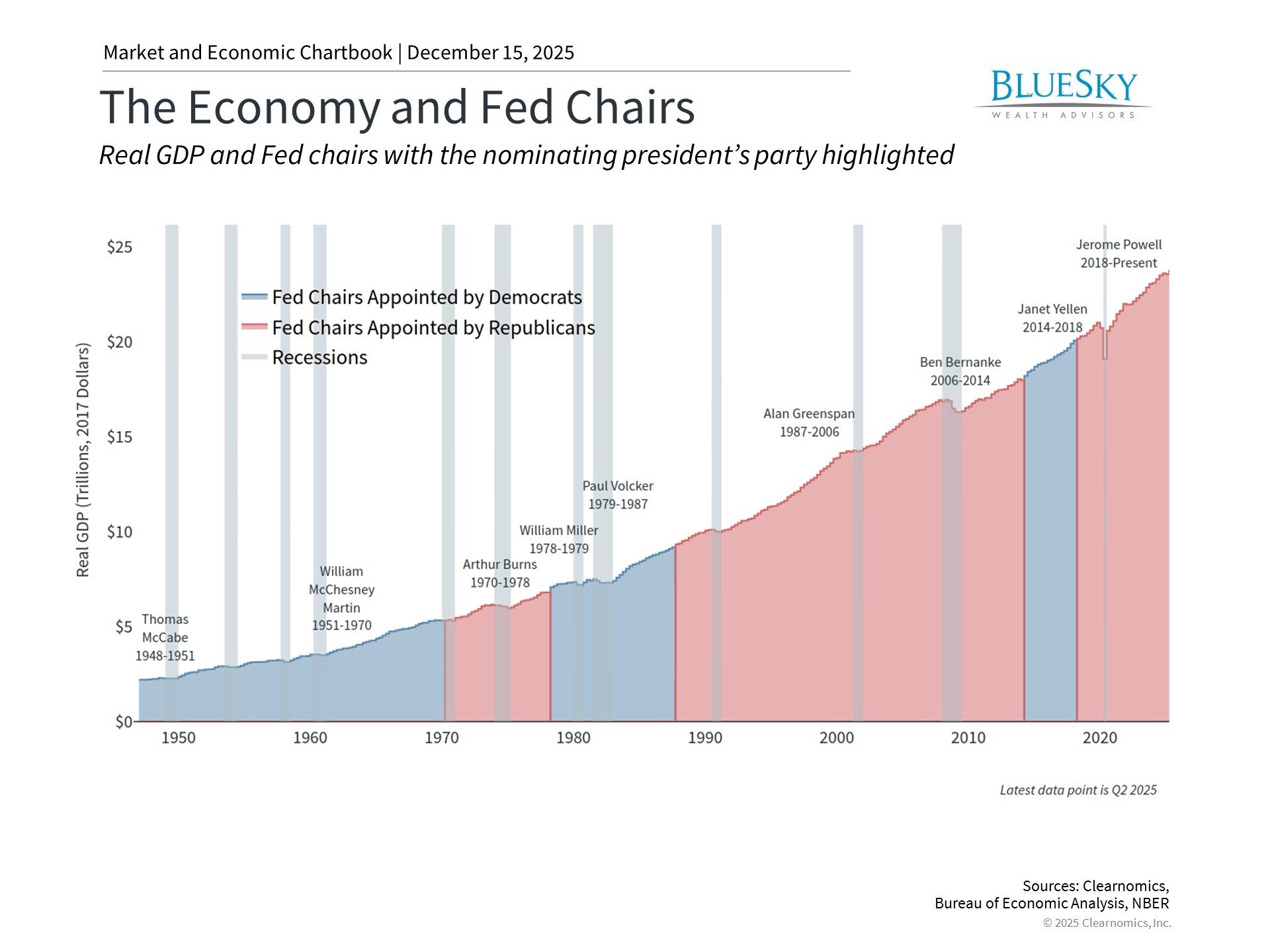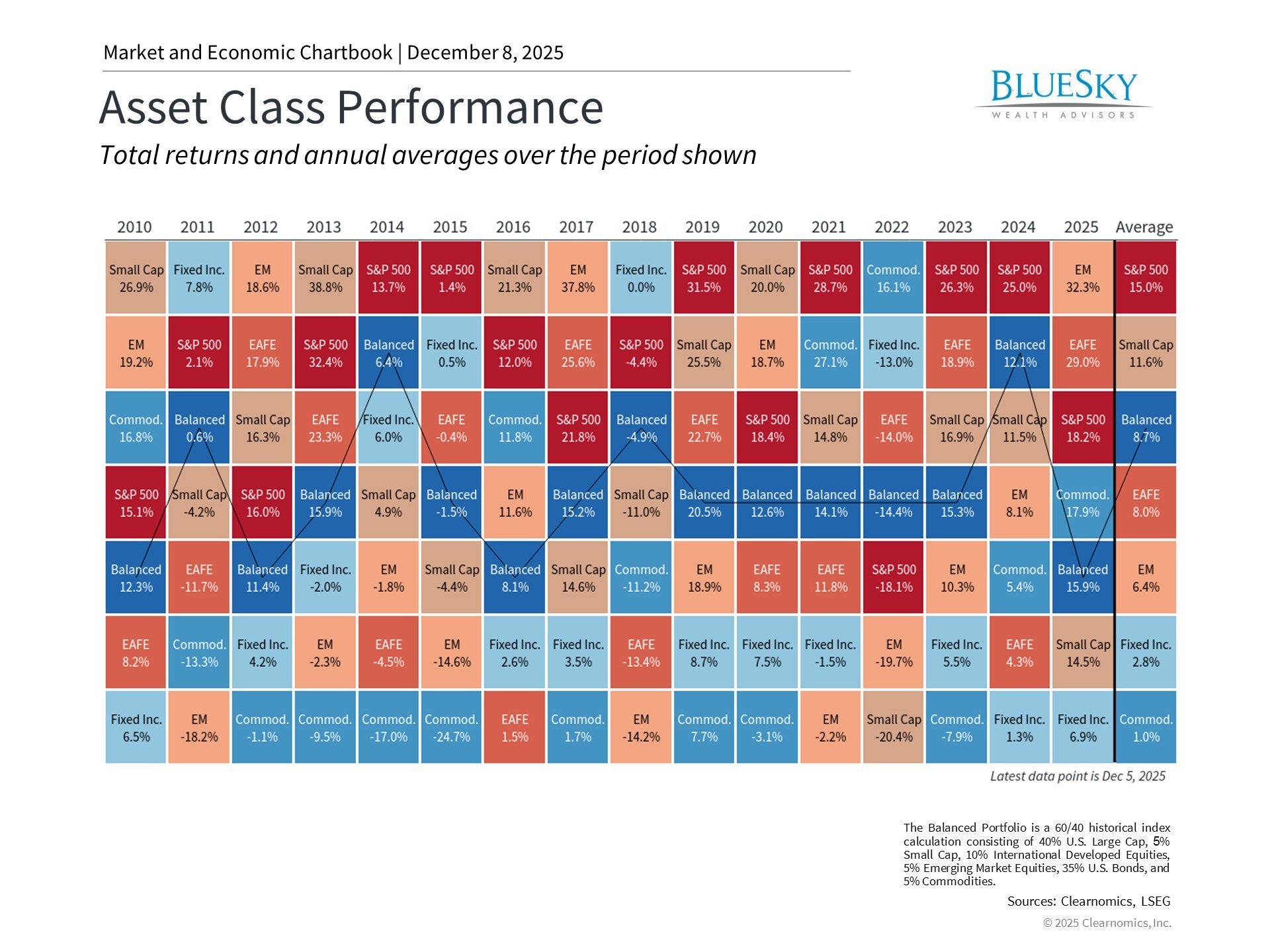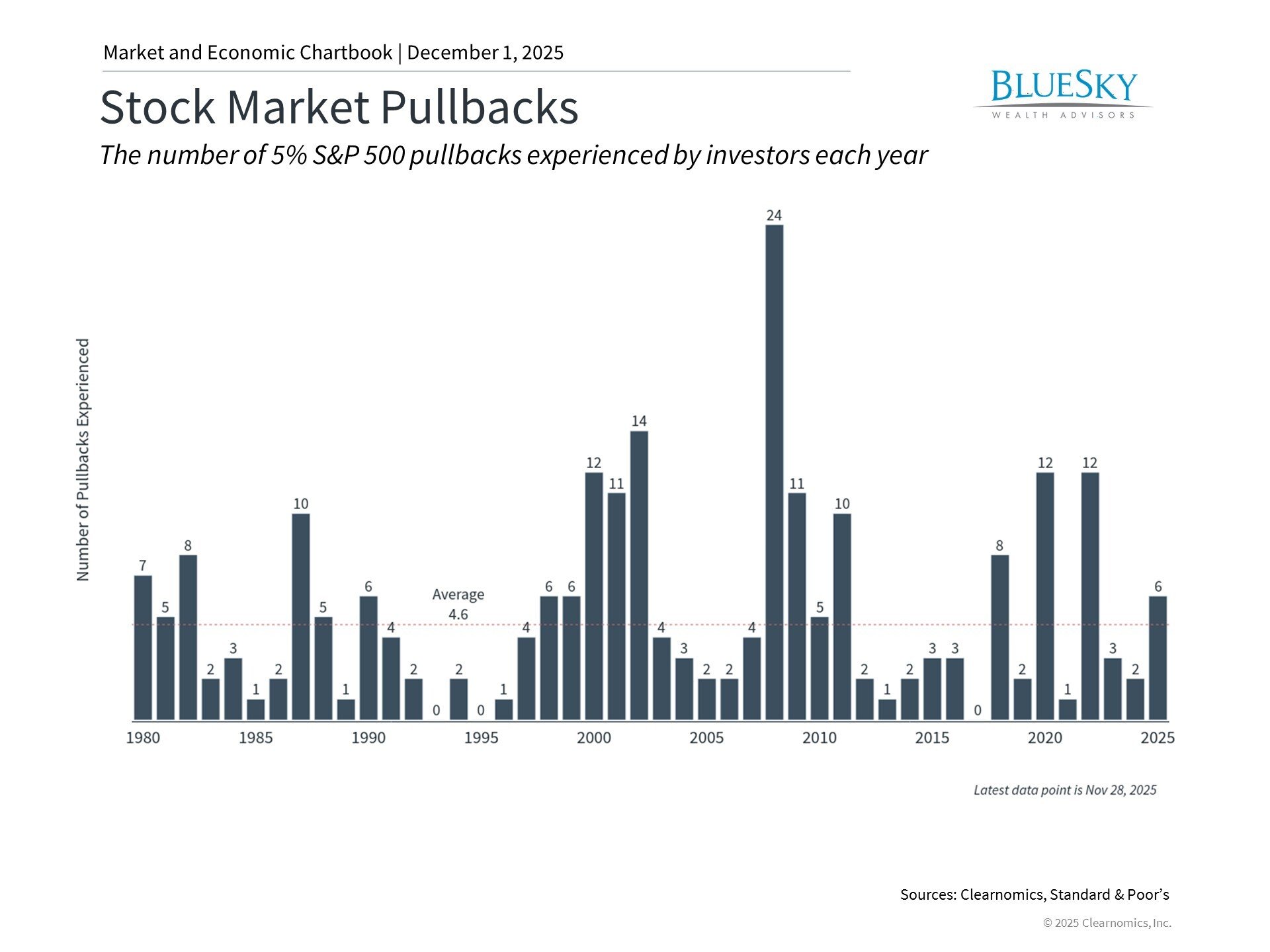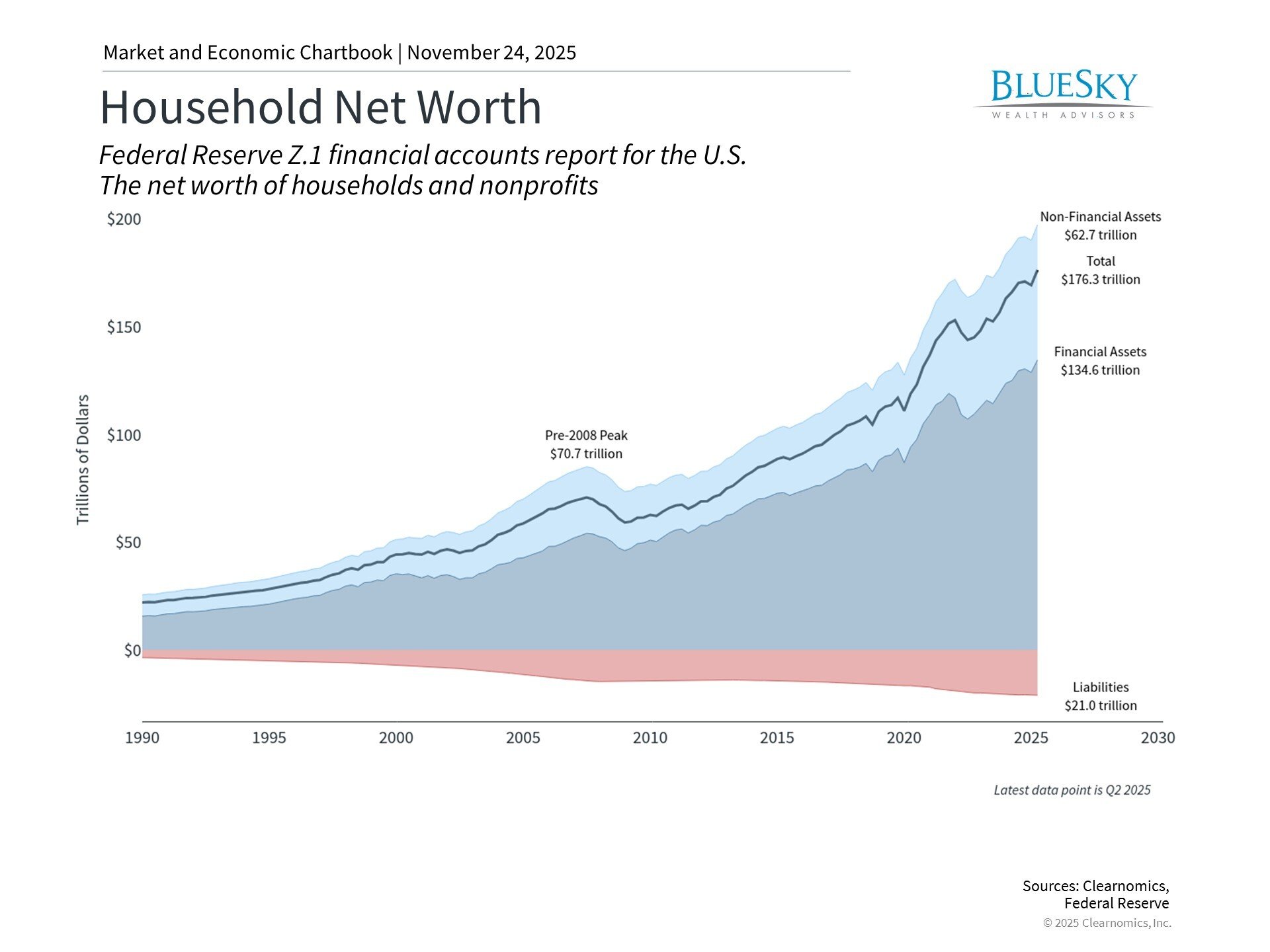
Which Mutual Funds Pay the Highest Dividends?
Which Mutual Funds Pay the Highest Dividends?

In the intricate world of investments, mutual funds have always been an attractive choice for investors seeking diversification and professional management. Among the various types of mutual funds, those that offer the highest dividends often capture significant attention. Dividend-paying mutual funds present a compelling opportunity for individuals seeking a reliable income stream alongside capital appreciation.
Typically, these funds consist of a mix of stocks, bonds, or both, focusing on companies with a proven track record of generating strong and consistent earnings. But which mutual funds offer the highest dividends? This comprehensive guide provides an overview of dividend-paying mutual funds, explaining how they function and highlighting the ones worthy of consideration for your investment portfolio. Keep reading to delve deeper!
What are Dividend-Paying Mutual Funds?

Dividend-paying mutual funds are a particular type of mutual fund that focuses on investing in stocks, investment grade bonds, or a combination of both from companies that regularly distribute a portion of their profits to shareholders through dividends. These dividends can be a great source of regular income for investors, in addition to the potential for capital appreciation. The dividends can be reinvested to purchase more fund shares or taken as cash.
This kind of mutual fund particularly appeals to income-focused investors, such as retirees, who appreciate the steady income stream without selling their shares. For instance, the Vanguard Dividend Appreciation Index Fund (VDIGX), a popular dividend-focused mutual fund, invests in high-quality companies with a history of increasing their dividends over time. This mutual fund has a long-standing reputation for its focus on firms with solid financial health, stable cash flows, and a commitment to rewarding shareholders with consistent dividend payments, making it an attractive option for investors seeking regular income.
Types of Dividend-Paying Mutual Funds

There are various types of dividend-paying mutual funds, each with unique characteristics and risk-return profiles. The most common types include the following:
Equity Income Funds
Equity income funds are a type of dividend-paying mutual fund that primarily invests in stocks. This type of mutual fund focuses on companies with a history of consistently paying dividends to shareholders, making it an attractive option for investors seeking regular income. Equity income funds typically invest in well-established, financially stable companies with strong cash flows and steady earnings growth potential.
These companies are known for generating profits even in challenging economic conditions, making them a reliable source of dividend payments. An excellent example of an equity income fund is the Vanguard Equity Income Fund (VEIPX), which invests in high-quality stocks with above-average dividend yields and potential for long-term capital appreciation. This mutual fund has a diversified portfolio, with top holdings including companies like Microsoft, Johnson & Johnson, and Procter & Gamble. With a current dividend yield of 2.47%, the Vanguard Equity Income
The fund offers investors a steady income stream while also providing potential for long-term growth through its focus on financially sound companies. So, if you are looking for a dividend-paying mutual fund that invests primarily in stocks, equity income funds are an excellent option.
High Dividend Yield Funds
High dividend yield funds are a popular type of dividend-paying mutual fund focusing on companies with a higher dividend payout ratio. These companies distribute a larger portion of their earnings as dividends compared to others in the same industry or sector. These funds primarily attract investors who seek a higher income level from their investments. However, it is important to note that high dividend yields also come with relatively higher risks. Therefore, it is crucial to thoroughly evaluate the fund’s holdings and overall portfolio before making any investment decisions.
A prime example of this type of mutual fund is the Fidelity Equity Income Fund (FEQIX). This fund invests in companies with above-average dividend yields, typically surpassing the S&P 500 average. Notable companies like AT&T, Verizon Communications, and Pfizer Inc. are included in the fund’s portfolio. Currently, the fund boasts a dividend yield of 3.5%. It is worth mentioning that high dividend-paying companies may also have higher expense ratios, which can impact overall returns over time.
Dividend Growth Funds
Dividend growth funds are a distinct category of dividend-paying mutual funds that focus on investing in companies showing consistent growth in their dividend payouts over time. Instead of emphasizing the current dividend yield, these funds prioritize the growth rate of dividends, which can increase income over time and protect against inflation. Businesses that can afford consistent dividend funds often have strong financial health and credible growth strategies, making them attractive for long-term investment.
The T. Rowe Price Dividend Growth Fund (PRDGX) is a well-known example of a dividend growth mutual fund. This fund invests in a diversified portfolio of companies with potential for dividend growth and capital appreciation. The fund focuses on companies with a robust business model, strong financial position, and the potential for stable or rising dividends. The T. Rowe Price Dividend Growth Fund has demonstrated a consistent track record of relative outperformance, making it a suitable choice for investors seeking income growth and capital appreciation.
Balanced Funds
Balanced funds, also known as hybrid funds, are a type of dividend-paying mutual fund that invests in a mix of stocks and bonds. These mutual funds aim to provide income and capital appreciation by investing in companies with solid dividends and high-quality bonds with steady interest payments. Since balanced funds have a diversified portfolio, they can potentially provide higher risk-adjusted returns than funds solely investing in stocks or bonds.
An example of a balanced fund is the Vanguard Wellesley Income Fund (VWINX), which invests approximately 35% of its portfolio in stocks and 65% in bonds. The fund primarily focuses on companies with strong fundamentals, healthy dividend histories, and stable bond issuers with high credit ratings. This well-balanced approach has helped the fund generate consistent returns over time, making it an attractive option for investors seeking a mix of income and capital growth.
Real Estate Funds
Real estate funds are another type of dividend-paying mutual fund that invests in real estate investment trusts (REITs) or companies with significant exposure to the real estate sector. These mutual funds offer investors a unique opportunity to earn passive income from rental properties and other real estate investments without the hassle of being a landlord. Real estate funds typically have high dividend yields, making them attractive for income-seeking investors.
The Vanguard Real Estate Index Fund (VGSIX) is an example of a real estate fund that invests in REITs and other real estate-related companies. The fund’s portfolio includes various investments, including residential and commercial properties, hotels, and storage facilities. With a current dividend yield of 3.83%, this mutual fund provides investors with the potential for regular income while diversifying their portfolios through exposure to the real estate sector.
Factors That Affect Best Income Funds

While dividend-paying mutual funds can be an excellent source of income for investors, it is essential to understand the factors that can affect their performance. Some of these factors include:
Market Conditions
Market conditions have a substantial influence on the performance of dividend-paying mutual funds. During periods of economic growth, companies often see increased profits, enabling them to distribute a portion of these earnings to their shareholders in the form of dividends. In contrast, during an economic downturn, businesses may struggle to maintain their profitability, leading to a decrease in dividend payouts or, in some cases, suspending them altogether.
Consequently, the performance of dividend-paying mutual funds can significantly fluctuate with the changing economic climate. For instance, during the 2008 financial crisis, many companies were forced to cut down or even stop their dividend payouts due to severe economic hardships. This resulted in a drop in the performance of many dividend-focused mutual funds.
Meanwhile, during the economic recovery that followed, many of these companies resumed or increased their dividend payouts, leading to a rebound in the performance of dividend-paying mutual funds. Therefore, monitoring the broader economic environment and bond market trends is crucial when investing in dividend-paying mutual funds.
Interest Rates
The performance of dividend-paying mutual funds, particularly balanced and real estate funds, can be significantly influenced by interest rates. When interest rates rise, bond yields typically increase, resulting in higher income for these types of funds. Conversely, a decrease in interest rates can lead to lower bond yields, impacting the income of these funds.
For instance, balanced funds may generate higher returns during high-interest rates due to greater bond exposure. In contrast, real estate funds may experience lower returns as investors gravitate towards fixed-income securities offering higher yields. Therefore, it is crucial to monitor interest rate fluctuations when investing in dividend-paying mutual funds with substantial bond or real estate sector exposure.
Expenses and Fees
Expenses and fees considerably impact the net returns of dividend stock funds. It’s important to note that not all international bond funds are created equal, as their fee structures can vary widely. These costs typically include management fees, administrative fees, distribution fees (12b-1 fees), and potential sales loads. The dividend fund manager charges management fees for their expertise in selecting investments. On the other hand, administrative fees cover the fund’s operational costs, such as legal, accounting, and record-keeping services.
Distribution fees are charged for marketing and selling fund shares, while sales loads are commissions paid when buying or selling fund shares. For example, if a mutual fund charges a 1% management fee, a 0.25% distribution fee, and a 0.2% administrative fee, the investor will have a total annual expense ratio of 1.45%. This means that for every $10,000 invested, $145 would be deducted annually for fund expenses, directly reducing the investor’s returns. Even seemingly small differences in fees can significantly impact over the long term due to the compounding effect. Therefore, it is crucial to consider the fees when selecting a dividend-paying mutual fund.
Fund Manager
The fund manager is a crucial factor to consider when evaluating bond funds. The fund manager’s experience, expertise, and investment style can significantly impact the mutual fund’s performance. A skilled and knowledgeable fund manager may be able to identify high-yield dividend stocks and manage the fund’s portfolio effectively, resulting in attractive returns for investors.
On the other hand, inexperienced or underperforming fund managers may struggle to generate consistent returns, leading to subpar performance for the mutual fund. For example, Warren Buffett, one of the most renowned investors in the world, has successfully managed Berkshire Hathaway’s portfolio and achieved significant returns over the years. His investment style focuses on identifying undervalued companies with strong fundamentals and holding them long-term, resulting in consistent dividend payouts for shareholders.
Additionally, a fund manager’s track record can give investors insight into their performance and decision-making abilities. Therefore, researching the fund manager’s background and past performance is crucial when choosing a dividend-paying mutual fund.
Investment Strategy
The investment strategy adopted by a dividend-paying mutual fund strongly influences its performance and the quarterly dividends it generates. It outlines the approach the fund manager takes in selecting investments to include in the portfolio. This strategy could involve targeting sectors like technology or pharmaceuticals or focusing on a particular type of stock, such as blue-chip or small-cap.
It could also involve the decision between growth or value investing. For example, a fund focused on value investing would seek out companies that appear undervalued by the market and are likely to provide steady growth and reliable dividends. On the other hand, a growth-oriented fund might take on more risk by investing in companies with high earning potential, although they may not provide immediate dividends.
A real-world example is the T. Rowe Price Dividend Growth Fund, which adopts a long-term approach. It invests in companies that pay dividends, have the potential for earnings growth, and are less likely to cut their dividends during market downturns. These funds invest in various stocks from multiple industries, and the portfolio can be adjusted as needed to take advantage of market opportunities.
Benefits of Investing in Dividend-Paying Mutual Funds

Investing in dividend-paying mutual funds offers several benefits to investors, making them an attractive option for a well-rounded portfolio. These benefits include:
- Steady Income: As previously mentioned, dividend-paying mutual funds provide consistent income through regular dividend payouts. This especially benefits retirees or those looking to supplement their current income.
- Diversification: Fixed-income funds offer instant diversification by investing in various stocks across different sectors and industries. This reduces the risk for investors compared to holding individual stocks.
- Professional Management: As experienced professionals manage mutual funds, it saves investors the time and effort to actively research and manage their investments.
- Liquidity: Unlike individual stocks, mutual funds can be easily bought or sold on the market, providing investors with liquidity and flexibility.
- Long-Term Growth Potential: While dividend-paying mutual funds generate regular income, they also offer potential for long-term growth through capital appreciation of the underlying stocks in their portfolio.
Conclusion
Dividend-paying mutual funds offer a compelling investment opportunity, providing a steady income stream and long-term growth potential. These funds bring multiple advantages, including diversification, professional management, and liquidity. However, it is crucial to assess key factors such as the fund’s dividend history, sensitivity to interest rates, expense ratio, the credentials of the fund manager, and investment strategy.
Like any other investment, conducting thorough research and carefully considering your financial objectives and risk tolerance before diving in is essential. By understanding these aspects deeply, investors can make more informed decisions and potentially reap greater rewards from their dividend-paying mutual fund investments.





